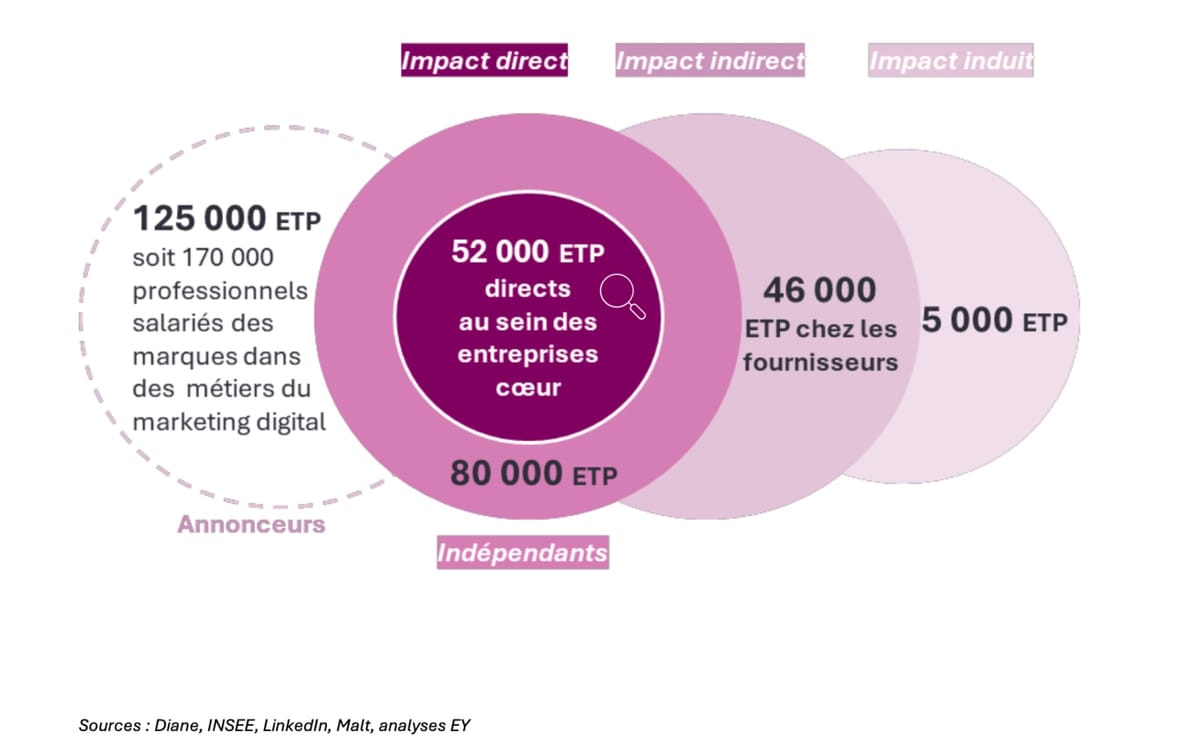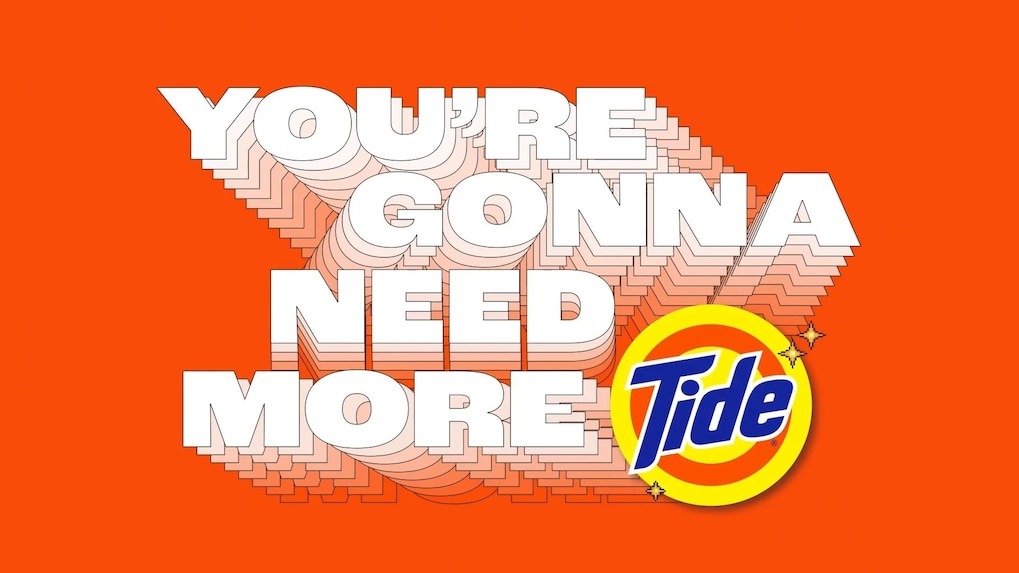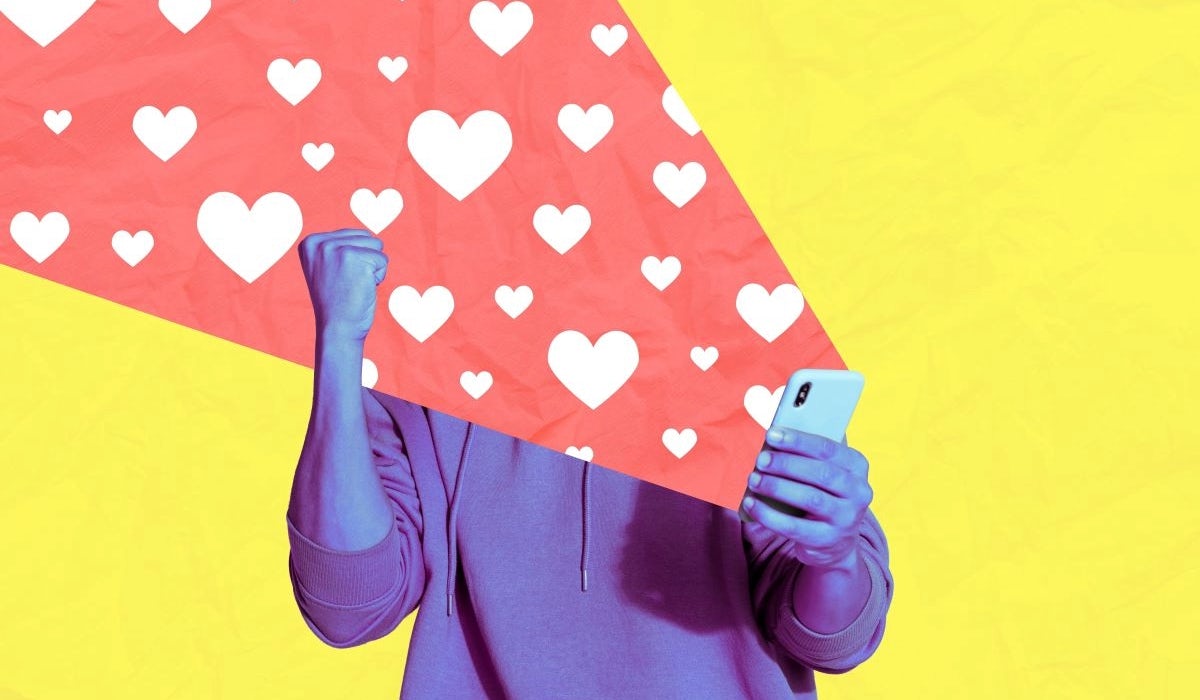The latest research from Hopeful Monsters has exposed a glaring oversight in the Australian marketing landscape, where Baby Boomers, a demographic that constitutes 25% of the population and holds 50% of the nation’s wealth, are receiving a mere 5% of advertising spend. This revelation comes from the comprehensive report, ‘Beyond Gen Z: Is Marketing Ageist?’, which combines cultural analysis, spending data, and consumer interviews to highlight an ageist bias in advertising strategies.
The Demographic Disconnect
Despite being a significant portion of the population, Baby Boomers are largely ignored in the digital advertising space. This demographic not only holds substantial wealth but also exhibits stronger brand loyalty and higher spending power compared to younger cohorts. However, the prevailing cultural misconceptions have led to their underrepresentation in marketing efforts.
Hopeful Monsters partner Carl Moggridge expressed his astonishment at this disparity, stating, “If Baby Boomers are nearly 25% of the population and own 50% of the wealth, why is only 5% of ad spend directed towards them? This feels weird, particularly given digital media promises data, personalization, and hyper-targeting.”
Ageism in Marketing
Moggridge points out that ageism is not just limited to marketing but is a societal issue deeply rooted in cultural biases. Brands tend to focus on younger consumers, perceiving them as more progressive, influential, and accessible online. This bias overlooks a growing, wealthy, and potentially more loyal group of buyers in older Australians.
He further elaborates, “Hard calls do need to be made – [but] older people are hardly dead yet, even though our research shows they’re made to feel like that. You could also argue that because they are being ignored, they’re easier to reach and require less spend.”
The Emotional Toll on Older Australians
The report highlights the emotional and psychological impact of being made invisible or condescended to. Society and marketing often portray ageing as a decline, rather than a progressive part of life filled with adventure and more disposable income. This misrepresentation contributes to feelings of social isolation among older Australians.
A poignant quote from a woman interviewed for the report captures this sentiment: “I’m 72, not 102.” The unnecessary and preventable emotional toll on this demographic calls for a shift in marketing strategies.
Untapped Potential and Strategic Reconsideration
The report emphasizes the untapped potential in marketing to older Australians, who are underserved and face less competition in advertising. This presents an opportunity for brands willing to differentiate themselves by creating age-inclusive campaigns.
Moggridge warns that brands focusing solely on Gen Z are missing out on a more financially robust and loyal demographic. “When 70% of the marketing industry is under 45, there’s probably an unconscious bias happening,” he notes. “Gen Z are highly visible, get more press, and therefore seem more important, but that doesn’t mean they’re the most commercially valuable for a brand.”
A Call to Action for Marketers
The report challenges marketers to rethink their strategies and focus on the spending power of older Australians. By targeting this demographic, brands can enjoy lower competition and higher returns on undervalued platforms.
“The smartest brands will see that serving older audiences isn’t just ‘nice’, it can be a differentiator,” Moggridge concludes. “I think we’ll see an increasing number of challenger brands emerge that specifically target them. Legacy brands and those not keeping their eye on the prize will suffer.”
The findings from Hopeful Monsters serve as a wake-up call for the advertising industry to address ageism and tap into the lucrative potential of the Baby Boomer demographic.
Note: This article is inspired by content from https://lbbonline.com/news/marketings-age-gap-boomers-hold-half-of-wealth-but-just-5percent-of-ad-spend. It has been rephrased for originality. Images are credited to the original source.










Leave a Reply